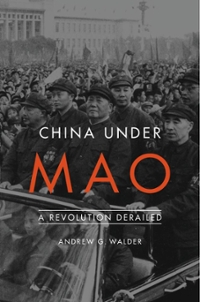Question
7.Considering each of the following pairs, in which of the two is moral hazard more likely (responses benefit from some medical knowledge so don't fret
7.Considering each of the following pairs, in which of the two is moral hazard more likely (responses benefit from some medical knowledge so don't fret if you are unsure). Note: For each of the 5 choices (a-e), pick the alternative from the two choices given that is most likely to result in moral hazard. For example, choose between "Hospital admission" and "visit to physician office" in a).
a)Hospital admission vs. visit to physician office
b)Visit to physician's office for mild upper respiratory infection vs. visit for hemoptysis (coughing up blood)
c)Screening whole body CT scan in an otherwise healthy individual looking for any abnormality vs. abdominal CT scan for abdominal pain, nausea and fever
d)CT scan for recent onset low back pain vs. CT scan for headache and blurred vision of 1 month duration
e)Prescription of antibiotic for mild upper respiratory infection vs. prescription for documented bacterial pneumonia
Explain Your Answer:
8.Considering each of the following pairs, in which of the two is negative behavioral hazard more likely (assume out of pocket cost is equivalent between the two choices). Assume the consumer is making the decision in all cases. Responses benefit from some medical knowledge so don't fret if you are unsure. Note: For each of the 5 choices (a-e), pick the alternative from the two choices given that is most likely to result in behavioral hazard. For example, choose between "Seeking prescription medication for intractable pain" and "Seeking prescription medication for high cholesterol" in a).
a)Seeking prescription medication for intractable pain vs. for high cholesterol
b)Scheduling physician visit for abdominal pain and weight loss vs. for hypertension (high blood pressure)
c)Scheduling screening mammogram vs. mammogram for palpable breast mass
d)For a chronic smoker, scheduling screening chest x-ray vs. chest x-ray for hemoptysis (coughing up blood)
e)For diabetic, scheduling routine physician visit vs. for infected foot ulcer
Explain Your Answer:
9.Applying the Time-trade-off (TTO) method (discussed in week 1) to determine QALY weights:
Joan has severe rheumatoid arthritis, associated with decreased mobility and substantial pain. When asked how many years in perfect health would be equivalent to living 10 years in her current condition she says 5. Given a QALY weight (q in the QALY equation) for perfect health of 1 and for death of 0, what would be her QALY weight? While the methodology for this calculation was not described, use your intuition.
Explain Your Answer:
10. Applying the standard gamble (discussed in week 1) to determine QALY weights.
Bill has severe congestive heart failure which makes him nearly home bound given his decreased exercise capacity. He is asked to consider a gamble between staying at his current level of disability vs. an intervention with probabilities of either being cured or dying (for example a heart transplant). He is presented with various probabilities until he is indifferent between his current level of disability and a specific probability of cure. Suppose he is willing to accept a 30% chance of cure (and an associated 70% chance of death). Given a QALY weight for perfect health of 1 and for death of 0, what would be his QALY weight? While the methodology for this calculation was not described, use your intuition.
Explain Your Answer:
Step by Step Solution
There are 3 Steps involved in it
Step: 1

Get Instant Access to Expert-Tailored Solutions
See step-by-step solutions with expert insights and AI powered tools for academic success
Step: 2

Step: 3

Ace Your Homework with AI
Get the answers you need in no time with our AI-driven, step-by-step assistance
Get Started


